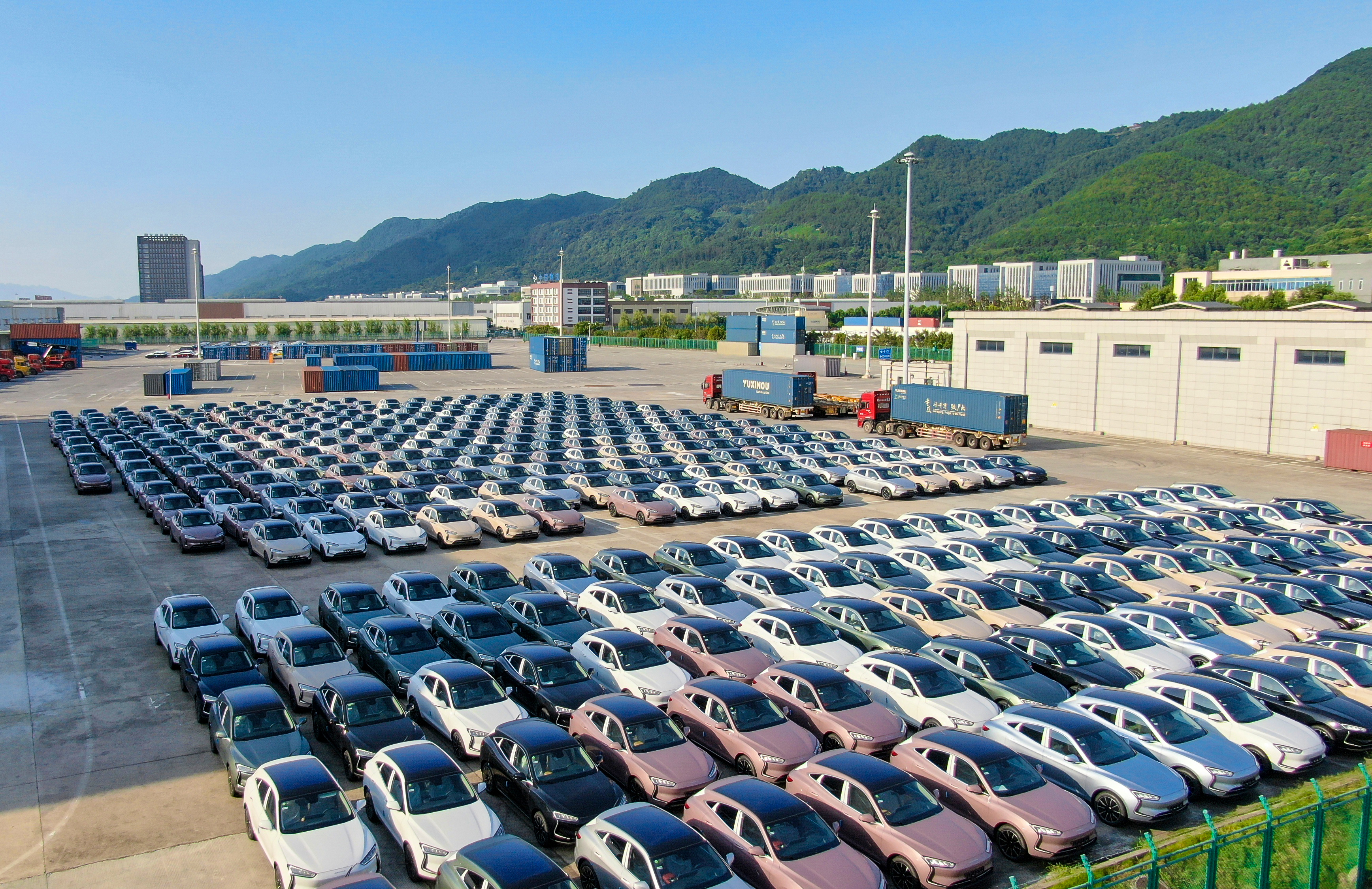 Bridging News
Bridging News
Chongqing's Shapingba Exceeds 300 Billion Yuan in Foreign Trade Last Year
Chongqing - The extensive transportation network, openness of Chongqing's Shapingba District, and its industrial strengths as a historic industrial base in Southwest China are accelerating the construction of the New International Land-Sea Trade Corridor (ILSTC).
Tang Xiaoping, secretary of the Coummunist Party of China Chongqing Shapingba District Committee, said at a press conference on July 9 that efforts are being made to foster business entities and enhance international trade.
“Last year, the district's total foreign trade import and export value exceeded 300 billion yuan," said Tang. "It led Chongqing in key metrics such as the number of international train services, transport volume, and cargo value."
Shapingba's Tuanjie Village, the starting point of the China-Europe Railway Express and the ILSTC, connects to over 500 ports in 123 countries and regions.
The district has four designated ports for imported cars, pharmaceuticals, meat, and international mail, and launched the Chongqing Inland Port. The International Railway Port Comprehensive Bonded Zone, Chongqing's seventh bonded zone, was recently officially approved.

The Chongqing automobile import port is the largest inland port in terms of both the number of imported automobiles and the variety of brands it handles. (Photo/Jin Guo)
Adhering to the principle of “corridors drive logistics, logistics drive economic and trade, and economic and trade drive industry,” Shapingba District leverages its transportation advantages and industrial strengths to promote manufacturing development.
Tang noted that foreign investment utilization in the region ranked first in Chongqing from January to May. Companies like Seres saw their vehicle exports increase sevenfold to 90,000 units last year. Shapingba has innovated its cross-border railway transport for complete vehicles to reduce costs, allowing each container to carry four vehicles simultaneously and cutting transportation costs by $500 per vehicle.

AITO is a Chinese electric vehicle brand established through a partnership between the Chinese vehicle manufacturer Seres Group and multinational technology corporation Huawei in 2021. (Photo/SERES)
The industrial sector in Shapingba contributes significantly to Chongqing’s total output and has fostered well-known brands like Southwest Pharmaceutical Co., Ltd. To further promote high-quality manufacturing, the district integrates traditional and emerging industries, supports leading and supporting enterprises, and enhances urban and industrial capacities.
"In the first five months of this year, the district's investment in technological transformation increased by 19.7%," Tang said.
For example, the district is developing strategic emerging industries like smart equipment and integrated circuits, with a special emphasis on medical engineering and low-altitude economy sectors. This proactive approach aims to enhance industrial sophistication, intelligence, and environmental sustainability.
“We are upgrading industrial capabilities not just in manufacturing but also in productive service sectors," said Tang. "Through urban renewal, we are identifying and repurposing numerous idle old school and factory sites, specifically focusing on industries like industrial design, inspection and testing, and software and information services."
 Related Stories
Related Stories